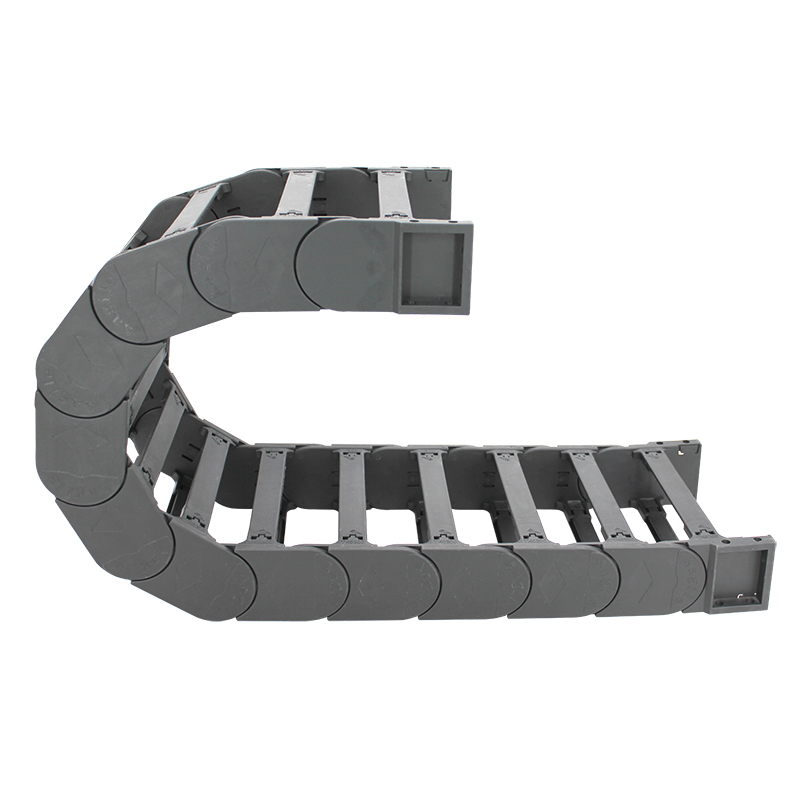chip conveyor belt
Understanding Chip Conveyor Belts Essential Components for Efficient Manufacturing
In the realm of modern manufacturing, the efficiency and effectiveness of production processes play a pivotal role in maintaining competitiveness. One crucial element that supports this efficiency is the chip conveyor belt. These specialized conveyor systems are designed to handle and transport metal chips, shavings, and other debris produced during machining and manufacturing operations.
Chip conveyor belts serve multiple functions within a facility. First and foremost, they help manage the byproducts of machining processes, ensuring that the workspace remains clean and organized. This is essential not only for maintaining a safe working environment but also for optimizing machinery performance. Excess debris can obstruct equipment, lead to operational inefficiencies, and even cause costly breakdowns.
There are various types of chip conveyor belts available, each tailored to meet the specific needs of different manufacturing processes. For instance, magnetic chip conveyors utilize magnetic forces to lift and transport ferrous materials, providing a reliable solution for handling metal scraps. Alternatively, hinged belt conveyors are designed with interlocking metal links that offer flexible handling capabilities, rendering them suitable for transporting a variety of materials, including larger metal chips.
chip conveyor belt

One significant advantage of chip conveyor systems is their ability to reduce labor costs. By automating the removal of chips and debris, manufacturers can minimize the need for manual cleanup, allowing workers to focus on more valuable tasks. This streamlining of operations not only boosts productivity but also contributes to a safer workplace, as employees spend less time in potentially hazardous areas dealing with waste material.
Additionally, effective chip management can lead to reduced machine wear and tear. When chips accumulate around tooling and machining equipment, they can cause excessive friction, leading to premature wear or even damage to the machines themselves. A well-designed chip conveyor system removes debris efficiently, thereby extending the lifespan of machinery and reducing maintenance costs.
In the context of sustainability, chip conveyor belts also support recycling initiatives. Metal chips can often be recycled, and by implementing an effective conveyor system, manufacturers can collect and sort these materials for reprocessing. This not only reduces waste but also provides an opportunity for companies to engage in environmentally responsible practices, aligning with broader industry trends toward sustainability.
In conclusion, chip conveyor belts are indispensable in contemporary manufacturing settings. They enhance operational efficiency, reduce labor costs, extend machine lifespan, and support sustainable practices. As technology evolves, we can expect further advancements in chip conveyor systems, contributing to an even more efficient manufacturing landscape. Embracing these innovations will be crucial for manufacturers looking to stay ahead in an increasingly competitive market.








